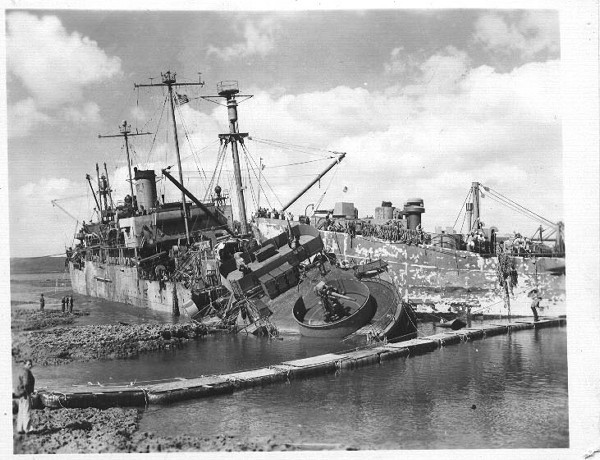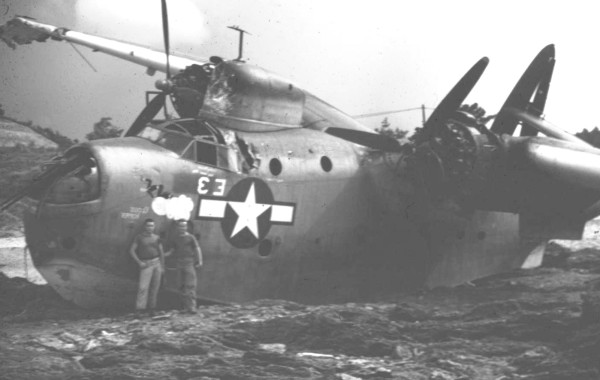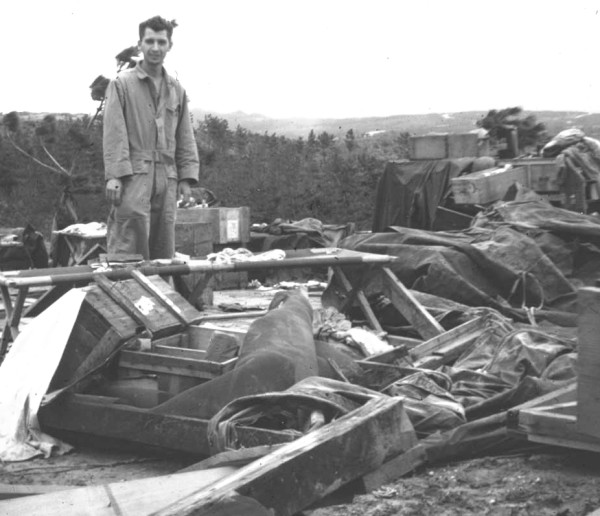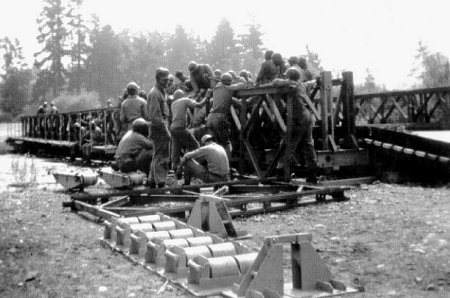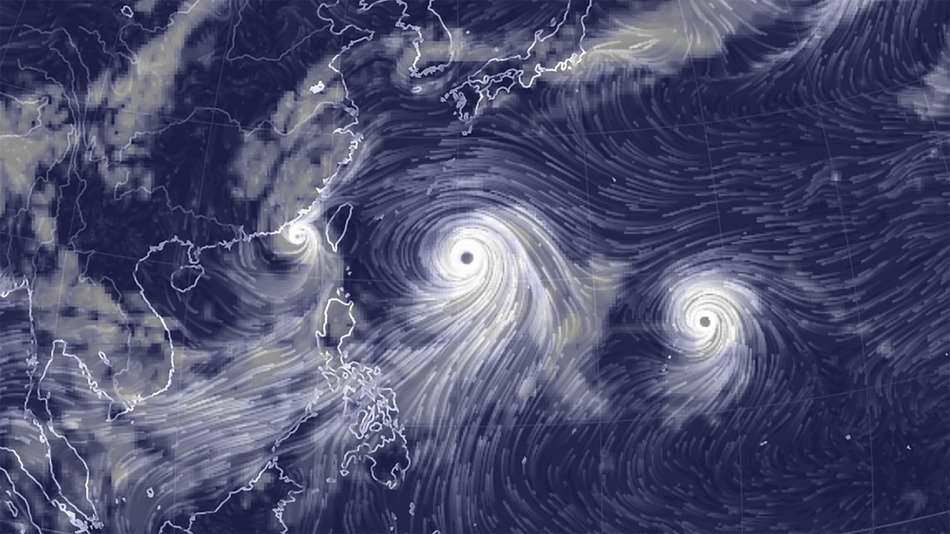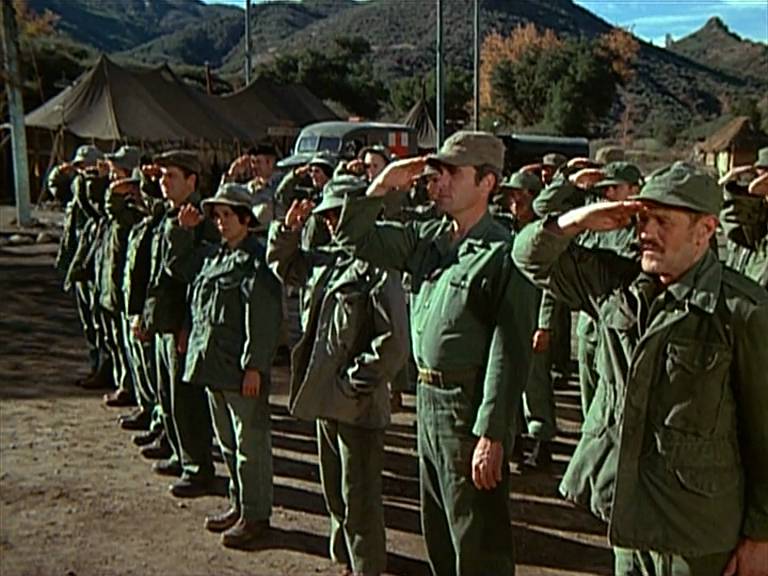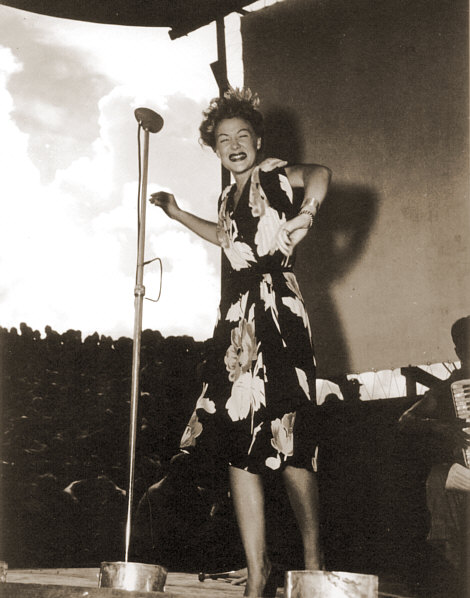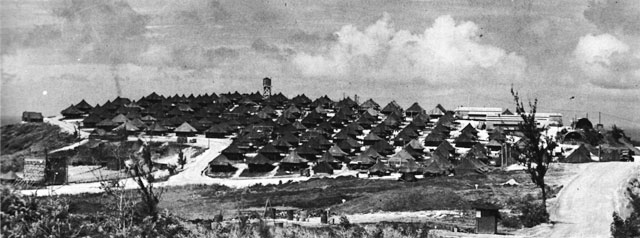Today we conclude this series of specific references behind the details in X-Day: Japan. These are not formal citations, as they are not all root sources and the book is not an academic volume. The use of real historical elements for X-Day: Japan serves to educate the reader about the time, add interest to the story, and honestly it just made the thing easier to write!
November 23, 1945
Jumbo air-to-ground rocket,
– airandspace.si.edu
November 27, 1945
1st Cavalry Division,
– first-team.us
December 3, 1945
M29 Weasel,
– m29cweasel.com
December 8, 1945
M26 Pershing tank next to M4 Sherman tank (models),
– warbird-photos.com
December 9, 1945
War Department Technical Manual TM-12-247,
Military Occupational Classification of Enlisted Personnel,
– archive.org
December 10, 1945
U.S. Army Center of Military History style guide,
– history.army.mil
December 11, 1945
Battle Formations – The Rifle Platoon, for NCOs (1942)
– youtube.com
December 21, 1945
Hospitalization and evac plan for Operation Olympic,
Logistic Instructions No. 1 for the Olympic Operation, 25 July 1945
– cgsc.cdmhost.com
USS Sanctuary, hospital ship AH-17
– navsource.org
December 22, 1945
Russian communists vs Chinese communists,
– Tom Clancy, The Bear and the Dragon
Chiang Kai-shek quote on the communists vs the Japanese,
– izquotes.com
December 23, 1945
Sakura-jima and its volcanoes,
– photovolcanica.com
December 25, 1945
USS Hazard, minesweeper AM-240 [MUSEUM SHIP],
– nps.gov
– tripadvisor.com
January 17, 1946
Radiation detection equipment,
– national-radiation-instrument-catalog.com
July 18, 1945
PBY-4/5 Catalina flying boat,
– pwencycl.kgbudge.com
Consolidated Aircraft plant in San Diego,
– sandiegohistory.org
Consolidated Aircraft plant production and products, B-24 and PB4Y-2,
– legendsintheirowntime.com
– wikipedia.org
December 24, 1945
Pearl Harbor survivors, trapped under USS West Virginia,
– nps.gov
– community.seattletimes.nwsource.com

